|
[1]
|
Pinar M, Riffat S (2016) A state-of-the-art review of evaporative cooling systems for building applications. Renewable Sustainable Energy Rev 54: 1240-1249. doi: 10.1016/j.rser.2015.10.066

|
|
[2]
|
Baniassadi A, Hensinger J, Sailor D (2018) Building energy savings potential of hybrid roofing system involving high albedo, moisture-retaining foam materials. Energy Build 169: 283-294. doi: 10.1016/j.enbuild.2018.04.004

|
|
[3]
|
Tashtoush B, Bani Younes M (2019) Comparative thermodynamic study of refrigerants to select the best Environment-Friendly refrigerant for use in a solar ejector cooling system. Arab J Sci Eng 44: 1165-1184. doi: 10.1007/s13369-018-3427-4

|
|
[4]
|
Al Shahrani J, Boait P (2019) Reducing high energy demand associated with air conditioning needs in Saudi Arabia. Energies 13: 87. doi: 10.3390/en13010087

|
|
[5]
|
Elakhdar M, Tashtoush B, Nehdi E, et al. (2018) Thermodynamic analysis of a novel Ejector Enhanced Vapor Compression Refrigeration (EEVCR) cycle. Energy 163: 1217-1230. doi: 10.1016/j.energy.2018.09.050

|
|
[6]
|
Megdouli K, Tashtoush B, Nahdi E, et al. (2016) Thermodynamic analysis of a novel ejector-cascade refrigeration cycles for freezing process applications and air-conditioning. Int J Refrig 70: 108-118. doi: 10.1016/j.ijrefrig.2016.06.029

|
|
[7]
|
Elakhdar M, Landoulsi H, Tashtoush B, et al. (2017) A combined thermal system of ejector refrigeration and Organic Rankine cycles for power generation using a solar parabolic trough. Energy Convers Manage 199: 111947.
|
|
[8]
|
Tashtoush BM, Al-Nimr MA, Khasawneh MA (2017) Investigation of the use of nano-refrigerants to enhance the performance of an ejector refrigeration system. Appl Energy 206: 1446-1463. doi: 10.1016/j.apenergy.2017.09.117

|
|
[9]
|
Porumb B, Unguresan P, Tutunaru L, et al. (2016) A review of indirect evaporative cooling conditions and performances. Energy Procedia 85: 452-460. doi: 10.1016/j.egypro.2015.12.226

|
|
[10]
|
Al Horr Y, Tashtoush B, Chilengwe N, et al. (2019) Performance assessment of a hybrid vapor compression and evaporative cooling fresh-air-handling unit operating in hot climates. Processes 7: 872. doi: 10.3390/pr7120872

|
|
[11]
|
Duan Z, Zhan C, Zhang X, et al. (2012) Indirect evaporative cooling: Past present and future potentials. Renewable Sustainable Energy Rev 16: 6823-6850. doi: 10.1016/j.rser.2012.07.007

|
|
[12]
|
De Antonellis S, Joppolo C, Liberati P (2019) Performance measurements of a cross-flow indirect evaporative cooler: Effect of water nozzles and airflow arrangement. Energy Build 184: 114-121. doi: 10.1016/j.enbuild.2018.11.049

|
|
[13]
|
Cui X, Chua K, Yang W (2014) Use of indirect evaporative cooling as pre-cooling unit in humid tropical climate: an energy saving technique. Energy Procedia 61: 176-179. doi: 10.1016/j.egypro.2014.11.933

|
|
[14]
|
Pandelidis D, Anisimov S, Drag P (2017) Performance comparison between selected evaporative air coolers. Energies 10: 577. doi: 10.3390/en10040577

|
|
[15]
|
Tashtoush B, Abu-Irshaid E (2001) Heat and fluid flow from a wavy surface subjected to a variable heat flux. Acta Mech 152: 1-8. doi: 10.1007/BF01176941

|
|
[16]
|
Rogdakis E, Tertipis D (2015) Maisotsenko cycle: technology overview and energy-saving potential in cooling systems. Energy Emiss Control Technol 3: 15-22.
|
|
[17]
|
Moshari S, Heidarinejad G (2015) Numerical study of regenerative evaporative coolers for sub-wet bulb cooling with cross- and counter-flow configuration. Appl Therm Eng 89: 669-683. doi: 10.1016/j.applthermaleng.2015.06.046

|
|
[18]
|
Chen Y, Yang H, Luo Y (2017) Parameter sensitivity analysis and configuration optimisation of indirect evaporative cooler (IEC) considering condensation. Appl Energy 194: 440-453. doi: 10.1016/j.apenergy.2016.06.121

|
|
[19]
|
Gomez E, Gonzalez A, Martinez F (2012) Experimental characterisation of an indirect evaporative cooling prototype in two operating modes. Appl Energy 97: 340-346. doi: 10.1016/j.apenergy.2011.12.065

|
|
[20]
|
Tashtoush B, Tahat M, Al-Hayajneh A, et al. (2001) Thermodynamic behaviour of an AC system employing combined evaporative-water and air coolers. Appl Energy 70: 305-319. doi: 10.1016/S0306-2619(01)00039-3

|
|
[21]
|
Chen Y, Yang H, Luo Y (2016) Experimental study of plate type air cooler performances under four operating modes. Build Environ 104: 296-310. doi: 10.1016/j.buildenv.2016.05.022

|
|
[22]
|
El Dessouky H, Ettouney H, Al-Zeefari A (2004) Performance analysis of two-stage evaporative coolers. Chem Eng J 102: 255-266. doi: 10.1016/j.cej.2004.01.036

|
|
[23]
|
Rajski K, Danielewicz J, Brychcy E (2020) Performance evaluation of a Gravity-Assisted heat Pipe-Based indirect evaporative cooler. Energies 13: 200. doi: 10.3390/en13010200

|
|
[24]
|
Saman W, Alizadeh S (2002) An experimental study of a cross-flow type plate heat exchanger for dehumidification/cooling. Sol Energy 73: 59-71. doi: 10.1016/S0038-092X(01)00078-0

|
|
[25]
|
Zhan C, Duan Z, Zhao X, et al. (2011) Comparative study of the performance of the M-Cycle counter-flow and cross-flow heat exchanger for indirect evaporative cooling-paving the path toward sustainable cooling of buildings. Energy 36: 6790-6805. doi: 10.1016/j.energy.2011.10.019

|
|
[26]
|
Al Zubaydi A, Hong G (2019) Experimental study of a novel water spraying configuration in indirect evaporative cooling. Appl Therm Eng 151: 283-293. doi: 10.1016/j.applthermaleng.2019.02.019

|
|
[27]
|
Zhao X, Liu S, Riffat S (2008) Comparative study of heat and mass exchanging materials for indirect evaporative cooling systems. Build Environ 43: 1902-1911. doi: 10.1016/j.buildenv.2007.11.009

|
|
[28]
|
Al Juwayhel F, El-Dessouky H, Ettouney H, et al. (2004) Experimental evaluation of one, two and three-stage evaporative cooling systems. Heat Trans Eng 25: 72-86.
|
|
[29]
|
Maheshwari G, Al Ragom F, Suri R (2001) Energy-saving potential of an indirect evaporative cooler. Appl Energy 69: 69-76. doi: 10.1016/S0306-2619(00)00066-0

|
|
[30]
|
Delfani S, Esmaeelian J, Pasdarshahri H, et al. (2010) Energy-saving potential of an indirect evaporative cooler as a pre-cooling unit for mechanical cooling systems in Iran. Energy Build 42: 2169-2176. doi: 10.1016/j.enbuild.2010.07.009

|
|
[31]
|
Chauhan S, Rajput S (2015) Thermodynamic analysis of the evaporative vapour compression based combined air conditioning system for hot and dry climatic conditions. J Build Eng 4: 200-208. doi: 10.1016/j.jobe.2015.09.010

|
|
[32]
|
Kim M, Jeong J (2013) Cooling performance of a 100% outdoor air system integrated with indirect and direct evaporative coolers. Energy 52: 245-257. doi: 10.1016/j.energy.2013.02.008

|
|
[33]
|
Porumb B, Balan M, Porumb R (2016) Potential of indirect evaporative cooling to reduce energy consumption in fresh air conditioning applications. Energy Procedia 85: 433-441. doi: 10.1016/j.egypro.2015.12.224

|
|
[34]
|
Tashtoush B, Al-Oqool A (2019) Factorial analysis and experimental study of water-based cooling system effect on the performance of photovoltaic module. Int J Environ Sci Technol 16: 3645-3656. doi: 10.1007/s13762-018-2044-9

|
|
[35]
|
Megdouli K, Tashtoush B, Ezzaalouni Y, et al. (2017) Performance analysis of a new ejector expansion refrigeration cycle (NEERC) for power and cold: Exergy and energy points of view. Appl Therm Eng 122: 39-48. doi: 10.1016/j.applthermaleng.2017.05.014

|
|
[36]
|
Karali N, Shah N, Park W, et al. (2020) Improving the energy efficiency of room air conditioners in China: Costs and benefits. Appl Energy 258: 114023. doi: 10.1016/j.apenergy.2019.114023

|
|
[37]
|
Tashtoush B, Nayfeh Y (2020) Energy and economic analysis of a variable-geometry ejector in solar cooling systems for residential buildings. J Energy Storage 27: 101061. doi: 10.1016/j.est.2019.101061

|











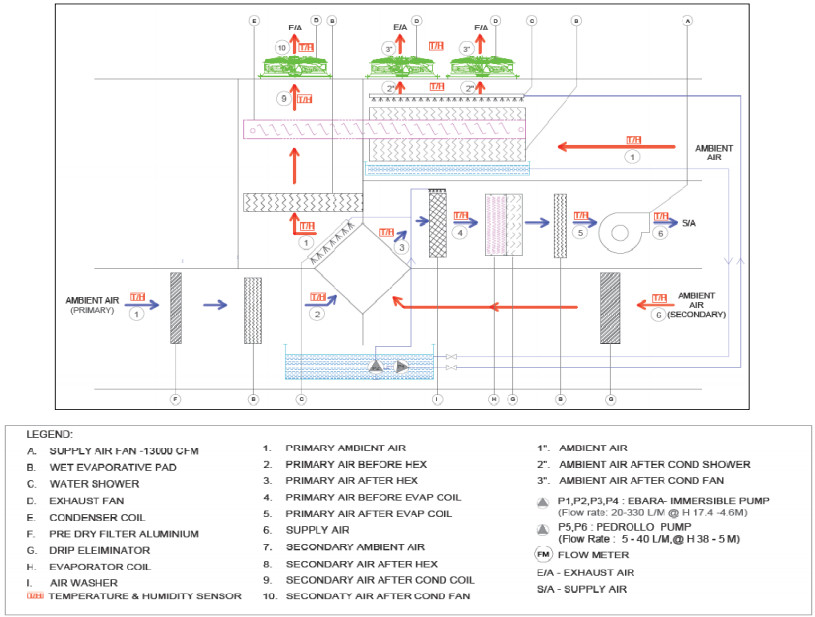
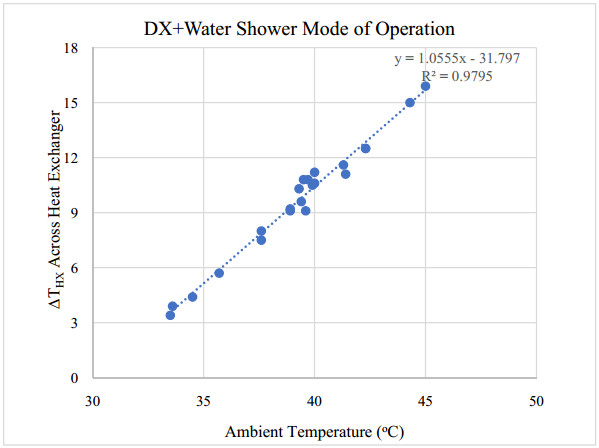
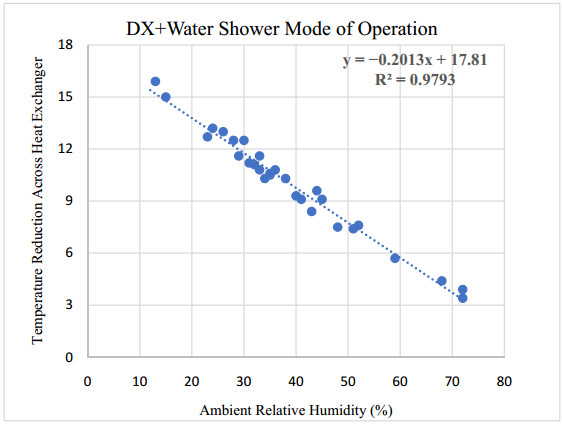
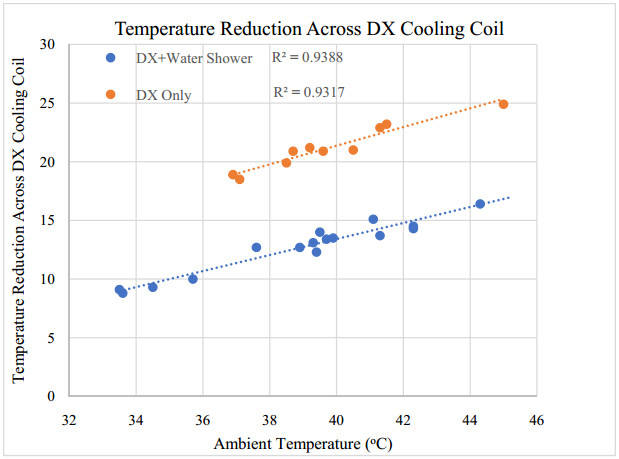
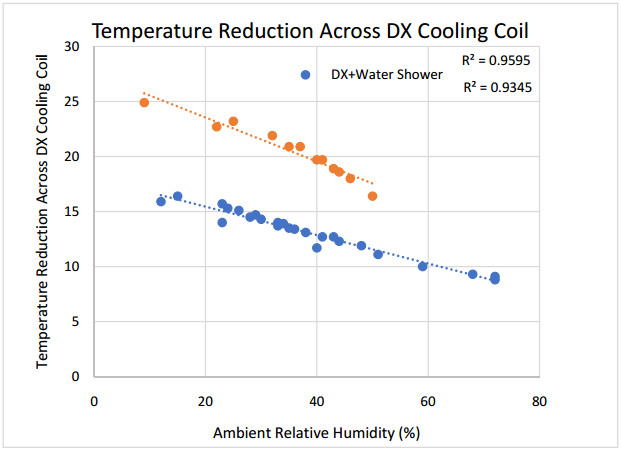
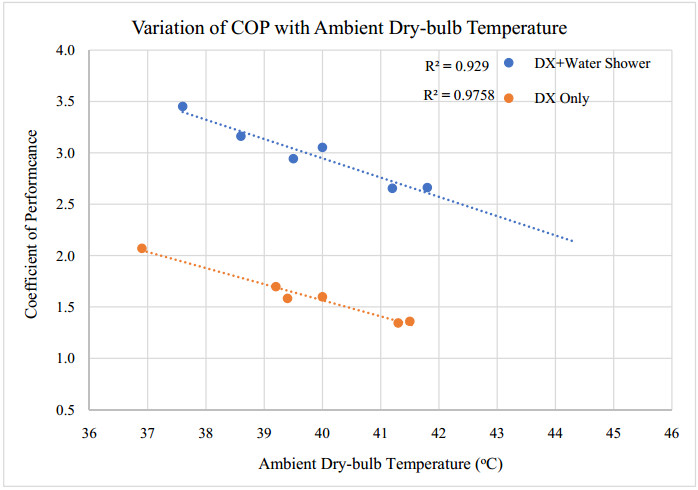
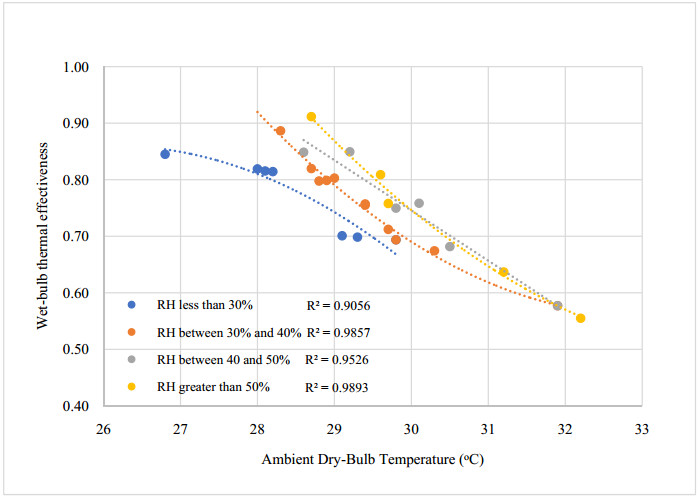
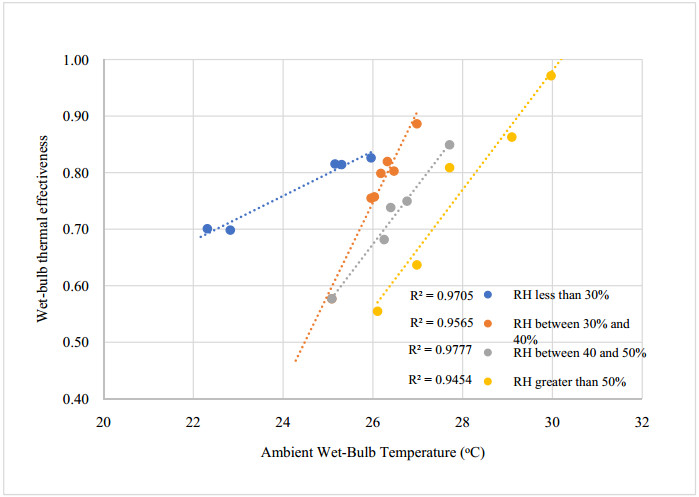
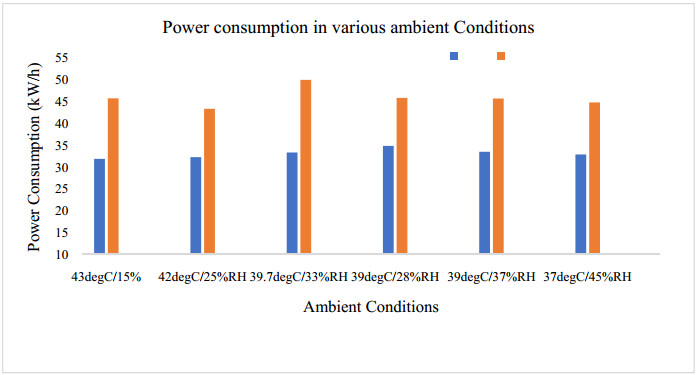
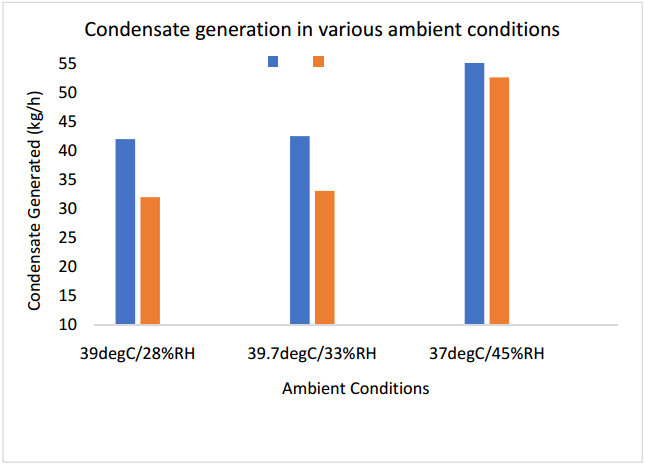


 DownLoad:
DownLoad: